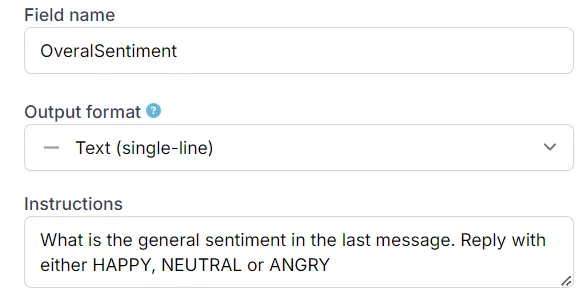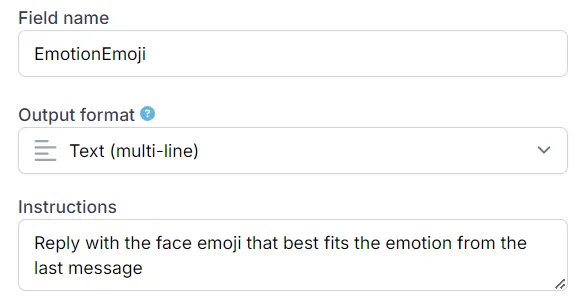Data annotation is essential for training artificial intelligence (AI) and machine learning (ML) models. It involves labeling or tagging data to help models recognize patterns, make predictions, and automate tasks. This guide explores data annotation, its methodologies, and its role in AI development.
What is data annotation?
Data annotation is tagging, labeling, or categorizing data to build training datasets for machine learning algorithms. These datasets enable machines to "understand" various data types like images, texts, and videos, which are important for processing real-time data.
The global data annotation tools market size was estimated at USD 1.02 billion in 2023 and is anticipated to grow at a CAGR of 26.3% from 2024 to 2030. - Grand View Research
Types of data annotation
- Image annotation: Labeling images with tags to identify objects, people, and actions.
- Text annotation: Tagging text to denote entities, sentiments, or relationships.
- Audio annotation: Labeling sounds or speech to train voice assistants and other audio-based models.
- Video annotation: Tagging video content to recognize objects or actions.
Data annotation in machine learning and AI
For AI to perform tasks such as recognizing objects in images, analyzing customer reviews, or predicting market trends, it must first be trained on carefully labeled data. This training data allows machine learning algorithms to find patterns and make decisions.
For example, an annotated image dataset could teach a model to distinguish between cars, trucks, and motorcycles.
Once the model is trained with annotated data, it can identify similar objects in new, unlabeled data. Essentially, data annotation is the teaching tool for AI models.
High-quality annotations lead to:
- Better model accuracy: The more precise the labels, the more accurately AI can predict.
- Reduced bias: Well-rounded and diverse datasets ensure that the machine learning model remains unbiased and performs well across various scenarios.
- Faster AI training: High-quality annotated data helps accelerate the learning process for machine models.
Examples of data annotation
- Automotive: Annotating images and videos for object recognition.
- Healthcare: Labeling medical images or patient records for diagnostic purposes.
- Retail: Categorizing products in e-commerce for better searchability.
- Customer Service: Annotating customer interactions to train sentiment analysis models.
What is a data annotation tool?
A data annotation tool is a software application that enables users to annotate or label data efficiently. These tools are specifically designed to help prepare datasets for machine learning projects.
Key features of data annotation tools:
- User-friendly interface: Allows easy tagging and categorizing of data.
- Support for multiple data types: Enables annotation of images, text, videos, and audio.
- Automated labeling options: AI assists in quickly annotating large datasets.
- Collaboration features: Allows teams to work together on large datasets.
- Quality control: Tools to ensure accuracy and consistency in annotations.
Parseur and its role in data annotation
While Parseur is primarily an AI document processing tool, it can also be used for light data annotation tasks. With its new AI Field Instruction feature, Parseur can label and extract specific data points from documents, which can be repurposed for tasks such as sentiment analysis or data labeling.


However, it's important to note that Parseur is not a dedicated data annotation tool. It is better suited for automating data extraction from documents and emails.
Parseur offers a lightweight solution for businesses looking to automate processes while also needing some annotation capabilities. However, specialized tools are more suitable for complex or large-scale annotation needs.
Popular data annotation tools
Here are some popular annotation tools used in the industry:
These tools vary in features but typically allow for annotation across different data types and include integrations with machine learning frameworks.
Data annotation is crucial in teaching machines to understand the world around them. Whether recognizing objects in an image, understanding customer sentiments, or predicting trends, well-annotated data ensures that machine learning models can make accurate, unbiased decisions. Data annotation will remain critical as AI grows to ensure these models reach their full potential.
Last updated on




